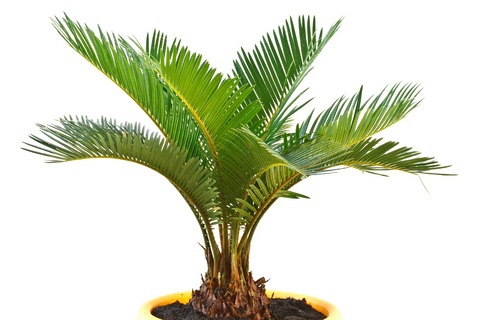Indoor gardeners are uncovering the wonder of real, natural palm trees that aren’t limited to outdoor sub tropical climates. There are many species of palm trees and palm plant that thrive remarkably well indoors. Here are some old tips for indoor gardeners seeking some the tropics for your home…

Indoor Palm Trees and shrubs: Can They Grow in Storage containers?
Because palm trees and shrubs are most widely known for growing out-of-doors in sub tropical climates, almost always there is been the misunderstanding these trees and shrubs only grow completely in sunlight. Generally and with most kinds, this simply isn’t the truth. Various kinds of palms do best in incomplete tone, indirect light, or even full hue. The main element for indoors gardeners is knowing, which types can do best in indoors pots and choosing consequently…
Many types of palm trees and shrubs can grow evenly well indoors as well as outside the house. Further, palm plants can be easily pruned to avoid over progress, although there are particular ways of pruning you should follow in order not to ruin the tree…

Tips for Indoor Palm Trees
As stated, there are in least twelve palm plants that can do well indoors. Check the precise care requirements for every one of them; this will let you know which kind of lighting they need to get thrived. Two of the very most popular types will be the Kentia palm and Lady Palm, which are also among the most frequent types seen worldwide.
Other palm trees and shrubs and plant life you can choose from are the Areca, Parlor, Majesty, and Xmas variety. Their labels refer to the way they are common among botanists, gardeners, and landscapers. You can even experience great success growing Palm Trees South in Carolina such as Chinese Admirer, Sabal and Sago palm trees and shrubs indoors.
Optimally, you should choose from these kinds because they’re proven winners when produced indoors in storage containers. As an extra benefit, most palm plants are incredibly of low maintenance. These are extremely pest free and usually need watering only one time or twice weekly. Given that they historically flourish in humid weather, a light mist of drinking water several times a week provides the wetness they enjoy, even if your property is somewhat dry.
Apart from choosing an effective species, the key success factor is light. To slightly differing degrees, all the types of palms mentioned previously enjoy indirect light, even though some exposure to sunlight won’t injure them by any means and could be beneficial. Their light requirements, or actually better explained as their limited light needs, make sure they are a very versatile tree or plants for virtually any living space…
